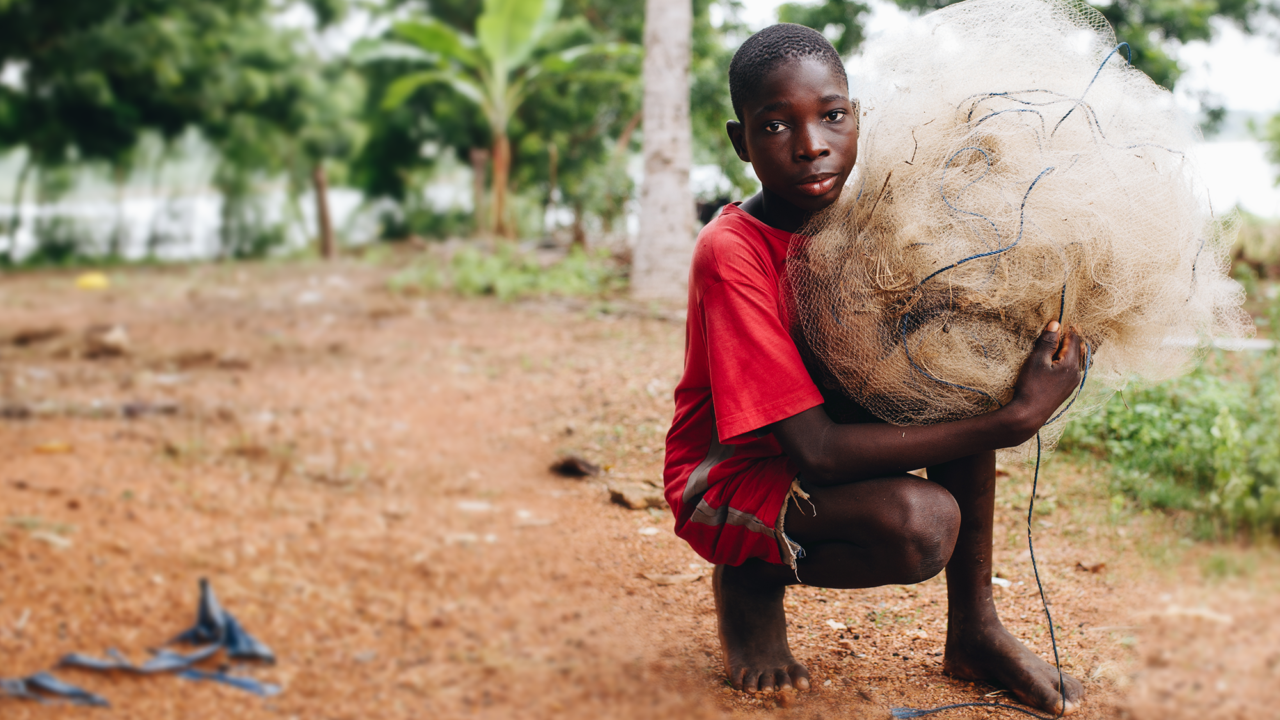…As UN warns delayed action threatens global SDG
By Bimbola Oyesola, [email protected]
As the International Labour Conference (ILC) continues in Geneva, Switzerland, a joint ILO-UNICEF global report on the latest estimates of the number of children in child labour globally and regionally, and analyses of progress to date in the fight against child labour, will be released on June 11, 2025.
The joint ILO-UNICEF report, titled “Child Labour: Global estimates 2024, trends and the road forward,” will be launched on June 11, 2025.
According to the International Labour Organization, the report provides the most recent and comprehensive assessment currently available on the extent of child labour and global efforts to end it.
The report also highlights the latest trends in addressing child labour, which continues to persist despite international commitments to eliminate it by 2025, as reflected in SDG target 8.7.
Progress is clear, but there’s more to do: let’s speed up efforts!
Every June 12, the International Labour Organization joins forces with ILO constituents and partners around the world to commemorate the World Day Against Child Labour. This year’s theme reflects both the progress achieved and the urgency to intensify action to meet global targets.
The global body noted that the 2025 World Day will focus on a key milestone: the release of the 2025 global estimates and trends of child labour. “This ILO and UNICEF joint report will provide a comprehensive overview of where we stand in our global commitments to eliminate child labour. Although the detailed data are not yet available, the estimates and trends identified will guide policy debates and calls for renewed commitment and investment.”
On this World Day, we will call for full ratification of ILO Convention No. 138 on the Minimum Age and the implementation of ILO Convention No. 182 on the Worst Forms of Child Labour. Their effective ratification and implementation remain essential to achieving the goals set by the Durban Call to Action, which urges us to aim for strengthened prevention, protection, and partnerships to eliminate child labour.
Now is the time to make the elimination of child labour a reality.
The ILO works closely with governments, employers’ and workers’ organizations, civil society, and international partners to support policies and programmes that address the root causes of child labour—strengthening social protection, education systems, and decent work opportunities for adults and youth.
The World Day against Child Labour is widely supported by these actors, along with UN agencies and individuals committed to building a world free of child labour.
Meanwhile the United Nations has called for faster action on child labour as world misses goal of ending the practice by 2025
According to the UN, “The world must intensify efforts to eradicate child labour in all its forms” urging at its “Childhood with Dignity” meeting recently.
While progress has been made in tackling the issue – there are 86 million fewer children in child labour than there were in 2000, when records began – countries have fallen short of their collective commitment to end the practice completely by 2025.
Participants at the informal interactive dialogue expressed a strong resolve to confront the ongoing crisis, including the forced recruitment of children in armed conflict.
UN General Assembly President Philemon Yang, who opened the event, explained: “Sustainable Development Goal 8.7 calls for the eradication of child labour in all its forms by 2025. We must act with renewed urgency to ensure that all children are able to live the life of dignity and opportunity they deserve. We must address the root causes of child labour.”
“We must also see greater enactment of fair wage laws. Greater enforcement of child protection laws. Greater investment in children, particularly those living in remote areas where child labour is widespread.”
Addressing the event, ILO Director-General Gilbert F. Houngbo said: “let us remember: the effective abolition of child labour is a fundamental principle and right at work. Fundamental principles and right at work are more essential than ever in today’s shifting world order where inequality, conflict, and uncertainty threaten the foundations of decent work.”
The discussion spotlighted two critical ILO conventions: the Minimum Age Convention, C138 (1973) and the Worst Forms of Child Labour Convention, C182 (1999). The latter, which includes slavery, forced labour, and trafficking, among others, has been universally ratified.
Although legal frameworks are in place, significant gaps in implementation remain, meaning the plan to end child labour by this year has failed.
“It is clear that we will not meet the SDG target by 2025. This is of great concern and calls on all of us to accelerate action. We cannot build inclusive societies or shared prosperity if millions of children are denied their rights. Let us ensure that no child is deprived of a childhood and an education.” added the ILO Director-General.
Key takeaways from the dialogue included:
Emphasis on the full implementation of ILO Minimum Age and Worst Forms of Child Labour Conventions.
Ensuring robust data and evidence by improving measurement and statistics, building policy-relevant knowledge and understanding of policy impact.
A strong consensus on integrating child labour concerns more deeply into national education, social protection, and wider employment policies.
Decent work for parents as a prerequisite to tackling poverty, which is a driver of child labour.
Renewed calls for universal access to free, quality basic education and early childhood development programs.
Eliminating child labour and promoting decent work in supply chains.
Preventing the recruitment and use of children in armed conflict, one of the worst forms of child labour.
Partnerships and collective action to help raise global awareness, coordinate action at all levels, foster the exchange of innovative practices, monitor progress and mobilize resources to end child labour and forced labour.
Some 160 million children – 63 million girls and 97 million boys – were engaged in child labour at the beginning of 2020, according to the most recent figures from the ILO and UNICEF. Of these, 79 million were involved in hazardous work that jeopardises their health, safety, and moral development.

















Leave a comment